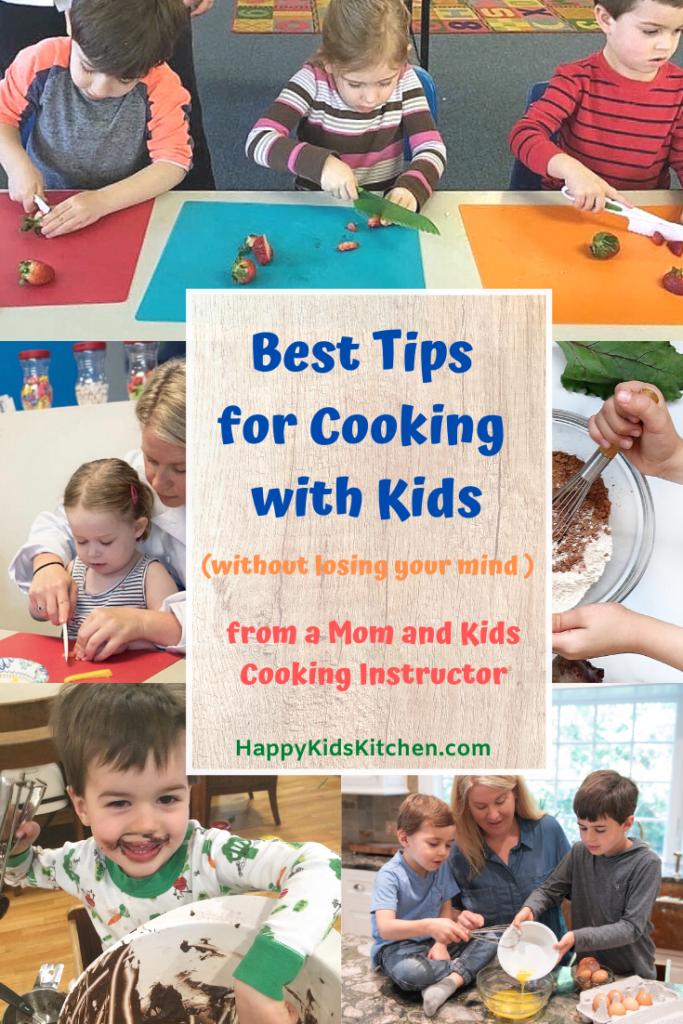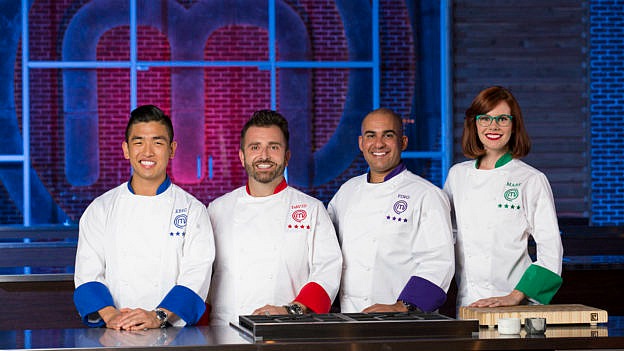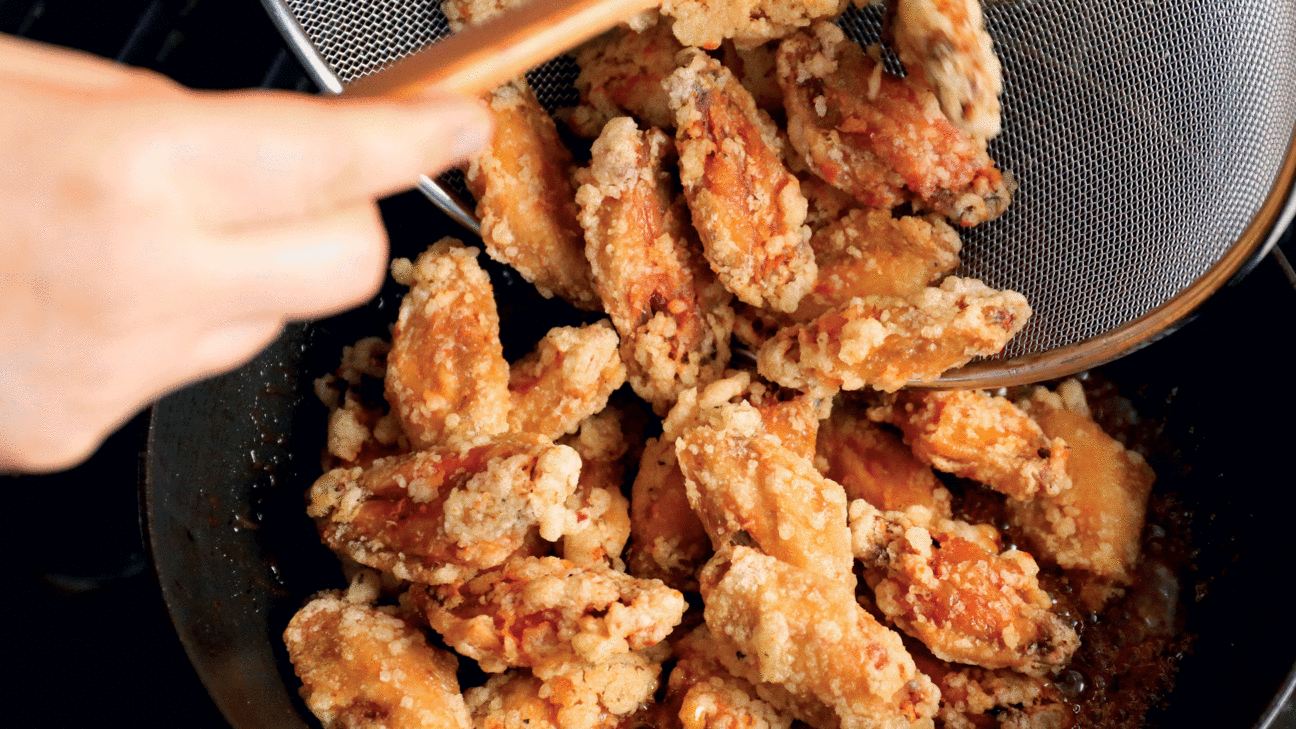
If your cast iron skillet has begun to warp, you need to know the most common causes. These include thermal expansion, sharp flash, and reseasoning. In this article, you'll learn how to avoid these problems. If you're worried about the warping of your skillet, here are some easy solutions. Listed below are a few of the most common causes. You may also want to read this article on Sharp flash or Re-seasoning.
Thermal expansion
Cast iron is susceptible warping when it experiences sudden temperature changes. The temperature of the iron changes quickly and the inner layer expands, but not the outer. The cast iron may also break or warp if there are sudden temperature changes, such as when it is immersed in cold water. Thermal shock is the term. There are ways to prevent this, like carefully heating your cast-iron pan before you use it.
Cooking with high heat requires that your meat be kept at room temperature before being placed in the pan. This will minimize the difference in temperature between the meat and the pan. The mismatch of pan sizes is another reason for warping. If you place a large saucepan on a small burner and only the middle is exposed to heat, the pan will expand more quickly than the rest.

Sharp flash
You've likely seen this issue if you own cast iron cookware. The sudden temperature fluctuations can cause a sharp flash. The hot central part of a pan expands but the cool middle doesn't. This causes stress to the iron, which in turn causes it to warp. Luckily, most flashes are trimmed off during the finishing process. Some can stay inside the handle. Flashing is not an indication of poor quality and will not affect cooking.
If cast iron cookware begins warping, you can tell by the shape and color of the pan. This is most noticeable on the bottom. It's more common in long flat castings. Instead, search for curving shapes at the thickest point of the wall. A warped pan will often result in liquid pooling and uneven cooking. Place the pan on a flat, smooth surface if you notice these signs. If the pan is warped, it may be a sign that it has become too heavy to use on a stove burner or oven. The collectible price of the item will drop if the warp becomes too severe.
Re-seasoning
If you're looking for a quick, easy, and inexpensive way to re-season your cast-iron skillet, try placing ice cubes on the warped section and running a small amount of cold water over it. The ice will help flatten the warped area, and the water will also cool it down. The temperature differences between the water temperature and the cast iron pan are what causes warping.

Cast-iron that has been seasoned will make it strong and resistive to warping. It will help prevent your pans from warping because they won't be as vulnerable to rust as unseasoned cast iron. Preheat your pan to 200 degrees Fahrenheit. When the pan is heated, you'll see oil pooling in the low spots. Once the oil has pooled in the low spots, place the pan in an oven at 450 degrees F. After an hour, you can remove the skillet and reapply oil. Bake for an additional hour at 450°F.
FAQ
What is the best way to store leftovers?
Tupperware containers are great for storing leftovers. These containers keep foods fresh and prevent odors from forming. They also keep foods warm longer. You can freeze leftover food in freezer bags. When freezing food, place the bag inside another freezer bag so that air doesn't escape. Once the food has been frozen, transfer it into an airtight container such as a zip lock bag.
How do I learn how to cook like an expert?
Cooking can be a great way for you to grow as a person. Being able to cook healthy food is a great skill to improve self-confidence. If you want to be able to cook well, then start cooking at home. The first step is to find out what kind of recipes you like. Then, read books about different foods, such as Italian, Mexican, Chinese, etc. Finally, practice making different dishes until you feel comfortable doing them.
How Long Does it Take to Become a Chef? What's the average career path for a chef?
The average time it takes to become a chef is five years. You will learn basic cooking techniques, and get experience as a chef assistant. After you've completed your training you can apply to be a line cook or sous chef. The average annual salary for a professional chef is between $25,000 and $60,000
Statistics
External Links
How To
How to cook a steak
The thickness of the meat determines the best cooking method. Thicker steaks cook best at low heat. Thicker steaks require higher temperatures.
It's important to not overcook the steaks as they will lose their taste. Remember to take your steak out of the oven when it's done. You won't burn.
Cooking time will depend on the size of your steak and the desired level of doneness. Here are some general guidelines:
Medium Rare: Cook until medium rare, which means the internal temperature reaches 145degF (63degC). This can take anywhere from 3 to 5 minutes per side.
Medium: Cook till medium. This normally takes around 6 minutes per side.
Well Done: Cook until well done, which means the internal temps reach 180degF (82degC). This takes between 8 and 12 minutes per side.